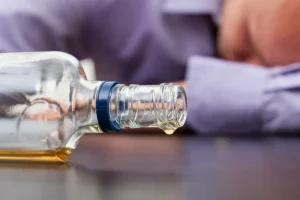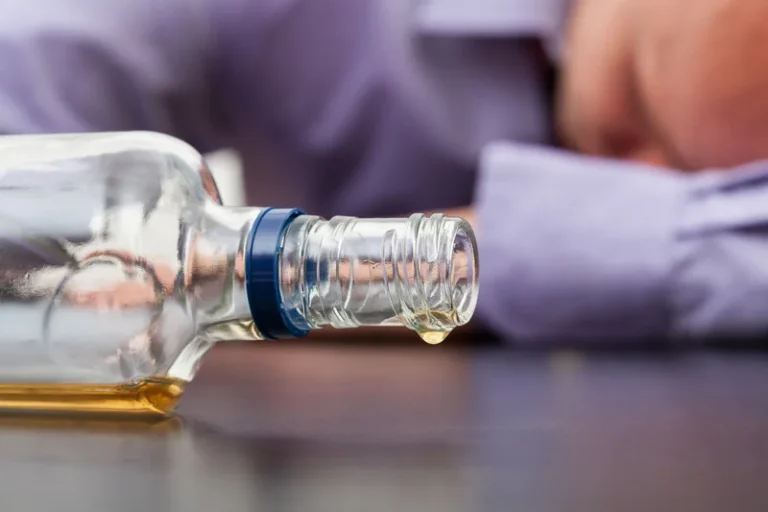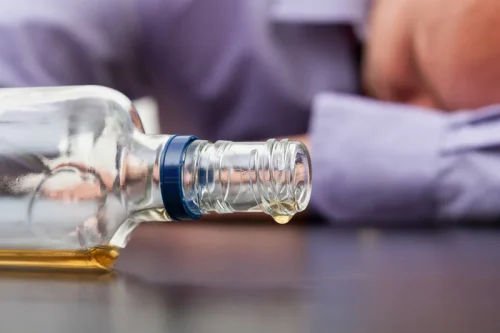
Outpatient counseling can help people understand addiction, their triggers, and their reasons for using drugs. This form of treatment can be done at a doctor’s office or via telehealth appointment. Substance use disorder (SUD) is defined as a problematic pattern of substance use leading to clinically significant impairment or distress. Education and awareness around the harm of using substances, along with the support of friends, parents, and caregivers, can help prevent SUDs. Even after you’ve completed initial treatment, ongoing treatment and support can help prevent a relapse. Follow-up care can include periodic appointments with your counselor, continuing in a self-help program or attending a regular group session.
- In one study, two-thirds of the adults relapsed in social situations in which they experienced urges and temptations to drink or use.
- Drug addiction, also called substance use disorder, is a disease that affects a person’s brain and behavior and leads to an inability to control the use of a legal or illegal drug or medicine.
- Winick (1962) noted how persons who became addicted to heroin in their late teens eventually stopped using as they got older and took on adult roles, which had been avoided before.
- Furthermore, identity change was also social (Bathish et al., 2017; Best et al., 2016; Dingle et al., 2019), as participants reconsidered their identity in relation to others and to their place in society.
- The organization lists several online and in-person meetings available in the U.S., Canada, and Europe.
- Some of the best-known 12-step programs include Alcoholics Anonymous (AA), Narcotics Anonymous (NA), and Cocaine Anonymous (CA).
Featured Drug and Alcohol Rehabs

Relapse is common and experts see it as an opportunity for learning about and overcoming impediments to change. In 2016, Rutherford created the cloud-based Recovery Data Platform that houses “recovery vital signs” from 70 recovery organizations nationwide. This information can be used by any organization to provide tailored recovery services to program participants. The vital signs include various evidence-based assessments that measure engagement (health outcomes and ratings related to relationships and cravings) and the many sources of recovery capital.
Drug addiction (substance use disorder)

The truth is, most people will relapse on their way to full recovery from prescription drug addiction. Just as the 12 steps outline the path to recovery for individuals struggling with addiction, there are also 12 Traditions that are the spiritual principles behind the 12 steps. The traditions focus on unity, effective leadership, and independence. They also address questions related to financing the group and managing public relations. Thanks to AA and other substance recovery programs, you’ve probably at least heard of the Twelve Steps even if you aren’t quite sure how they work. The Twelve Steps, originated by Alcoholics Anonymous (AA), is a spiritual foundation for personal recovery from the effects of alcoholism, both for the person using alcohol as well as their friends and family in Al-Anon Family Groups.

Reverse an Opioid Overdose
Furthermore, identity change was also social (Bathish et al., 2017; Best et al., 2016; Dingle et al., 2019), as participants reconsidered their identity in relation to others and to their place in society. Identity is also one of the key processes in the CHIME (Connectedness, Hope, Identity, Meaning, and Empowerment) framework, built on a systematic review of mental health recovery literature (Leamy et al., 2011). This can be placed within the wider concept of personal recovery which originated in the mental health field but is also applied to addiction recovery (Anthony, 1993; Davidson & White, 2007; de Ruysscher et al., 2017). Similarly, participants in our study describe that recovery meant seeing themselves in a new light.
- Studies show that families that participate in treatment programs increase the likelihood of a loved one staying in treatment and maintaining gains.
- However, a more holistic concept of addiction recovery, inspired by the mental health field (Anthony, 1993; Davidson & White, 2007; Deegan, 1988), has been gaining ground in the addiction field in the last two decades.
- Studies show that craving for alcohol peaks at 60 days of abstinence.
- Many everyday behaviors can become compulsive, driven by our brain’s dopamine system.
- • Hope and optimism—nurturing belief in oneself, belief in one’s ability to persevere even through setbacks, and developing a future orientation.
Once you’ve been addicted to a drug, you’re at high risk of falling back into a pattern of addiction. If you do start using the drug, it’s likely you’ll lose control over its use again — even if you’ve had treatment and you haven’t used the drug for some time. The best way to prevent an addiction to a drug is not to take the drug at all. If your health care provider prescribes a drug with the potential for addiction, use care when taking the drug and follow instructions.
Recognizing unhealthy drug use in family members
While research suggests that there are differences in the recovery experience of women and men (Andersson et al., 2021; van Steenberghe et al., 2021), we did not find any notable differences in the four main themes. On the one hand, this may mean that we were able to capture experiences that supersede intersections with gender or that there are only limited differences between genders in our sample. On the other hand, it could mean that we were not attentive enough to gender differences. Future research focused specifically on comparing recovery experiences across gender identities, including minority groups (LGBTQIA+), is therefore necessary.

During this stage, the person may begin to justify their use as a way to deal with life’s challenges. At this stage, the person is usually not aware of the risk of dependence. The initial use may feel harmless, making it easy to overlook the potential dangers of continued use. Seasonal affective disorder, or SAD, is a condition in which some people experience a significant mood change when the seasons change. Methadone Anonymous is a similar 12-step program that acknowledges the value of maintenance therapy with methadone or Suboxone (buprenorphine/naloxone) for recovery.
Drugs, Brains, and Behavior: The Science of Addiction
Rather than seeing relapse as a failure, it can be viewed as part of the recovery journey. It provides an opportunity to identify triggers and build strategies for long-term recovery. In the event of a relapse, there are valuable lessons that can help strengthen drug addiction recovery a person’s motivation and future attempts at sobriety. Physical dependence occurs when the body has adjusted to the substance so much that the person needs it to feel normal. Without it, withdrawal symptoms such as depression, anxiety, irritability, restlessness, or insomnia may occur.
He “just happened” to experience some things on this path that most people will not, but the general process of change is similar. No matter what stage of addiction you are in, it can feel overwhelming and isolating. Fortunately, recovery is possible with guidance from professionals and support from peers.
Only 1.0 percent of people receive substance abuse treatment as an inpatient or outpatient at a specialty facility. The single most popular path is the use of peer support groups in the community. SAMHSA’s mission is to lead public health and service delivery efforts that promote mental health, prevent substance misuse, and provide treatments and supports to foster recovery while ensuring equitable access and better outcomes. SAMHSA’s working definition of recovery defines recovery as a process of change through which individuals improve their health and wellness, live self-directed lives, and strive to reach their full potential. Recovery signals a dramatic shift in the expectation for positive outcomes for individuals who experience mental and substance use conditions or the co-occurring of the two. The levy, which is estimated to collect over https://ecosoberhouse.com/article/relation-between-alcohol-and-dementia/ $5.3 million annually for 10 years beginning in 2025, supports the county’s system of care services for mental health and addiction recovery services.